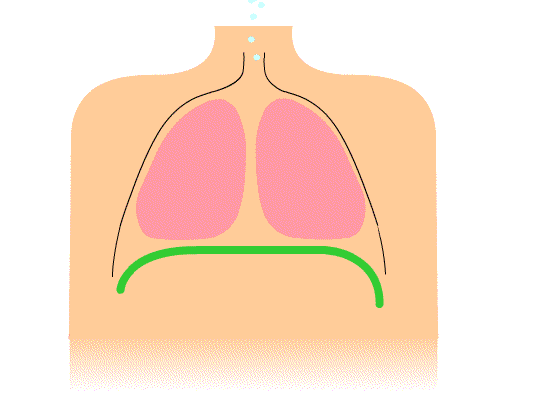Note that your final mark will not be saved in the system.
Respiratory system Typeit
Type the correct answers into the spaces. Fill all the spaces before clicking ‘Check Answers!’

Breathing is split into two components: inspiration (inhalation) and expiration (exhalation). When you inhale, your body will create a pressure inside your lungs, forcing air to travel from an area of pressure (atmosphere) to an area of pressure (the lungs). During exhalation, this is reversed as the body increases the pressure inside the lungs, forcing the air to travel to an area of lower pressure (the atmosphere).
During inspiration the intercostal muscles , causing the ribs to , increasing the thoracic capacity. During expiration the intercostal muscles , allowing the ribs to .
The is a skeletal muscle that sits below the lungs and supports in the mechanics of breathing. During , this contracts and flattens to increase the thoracic capacity. During , this muscle relaxes into its dome shape, decreasing thoracic capacity and pushing air out of the lungs.
The actions of inhalation and exhalation are further supported by skeletal muscles when we start to exercise, in order to support increased breathing rate. The and muscles support inhalation, and the muscles support exhalation.